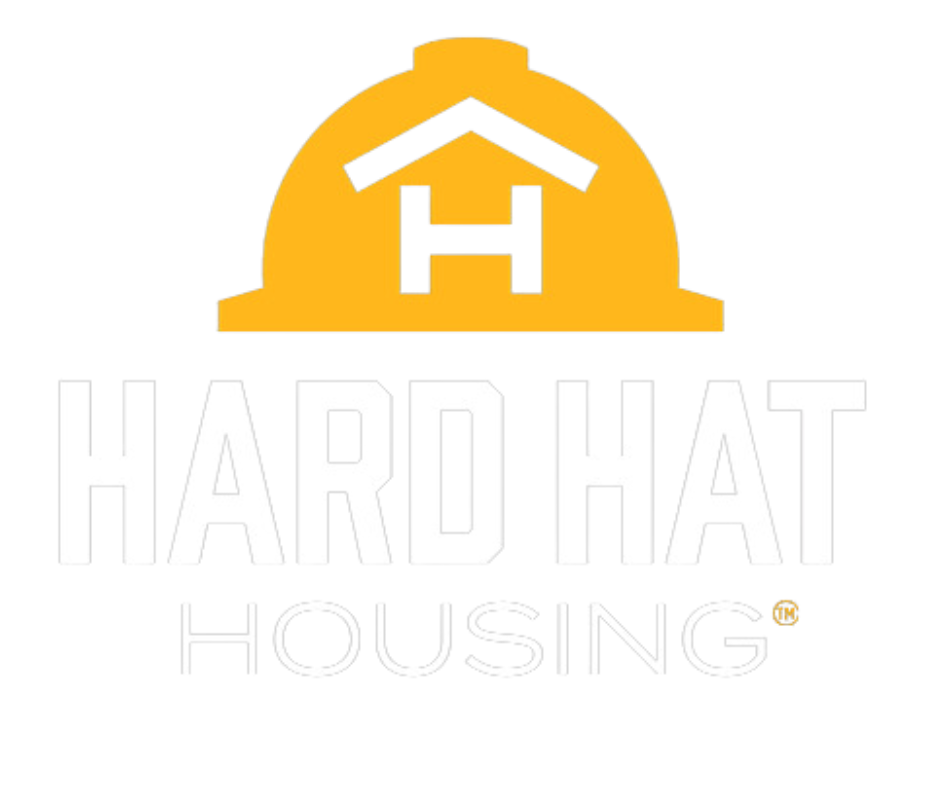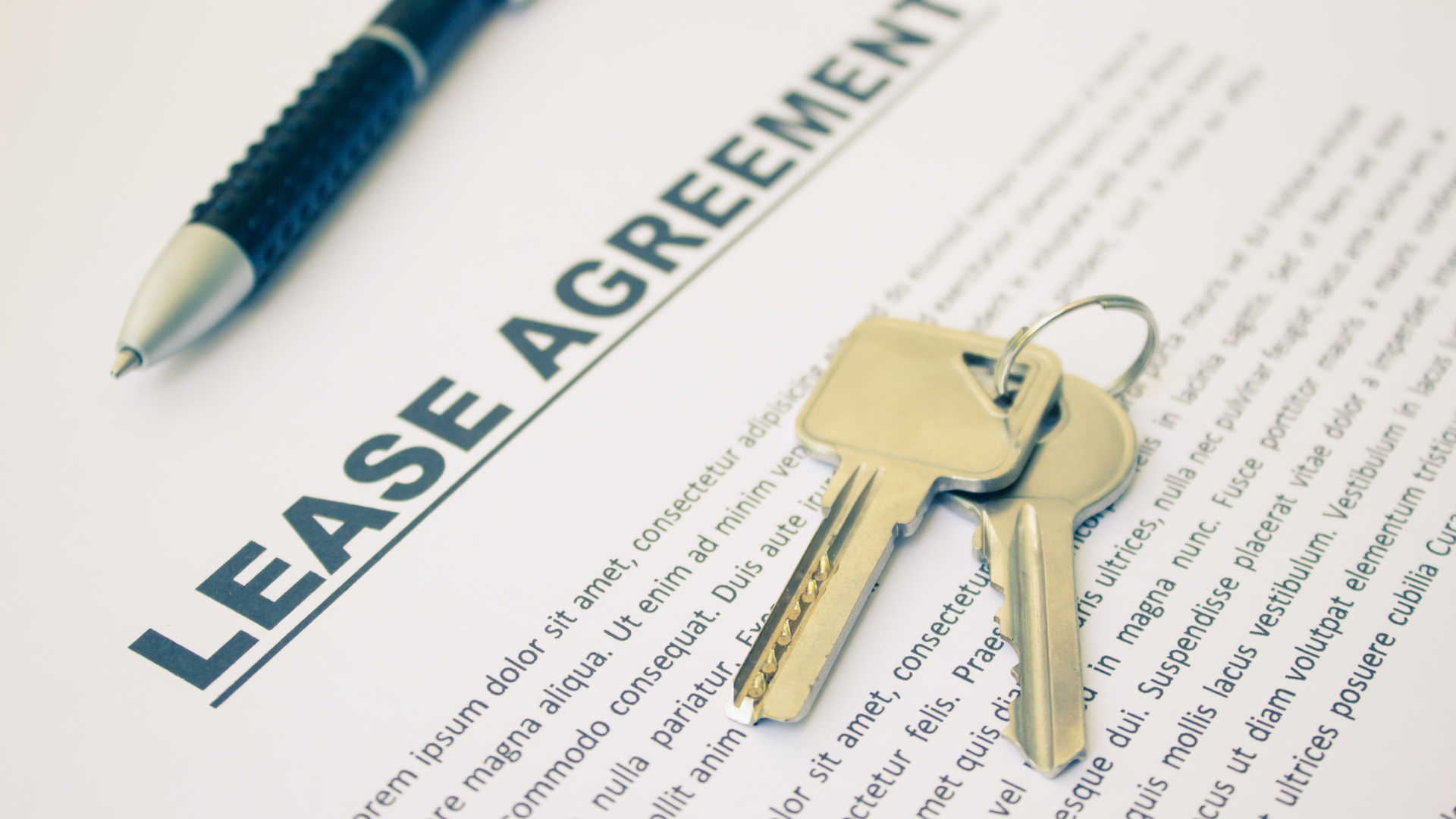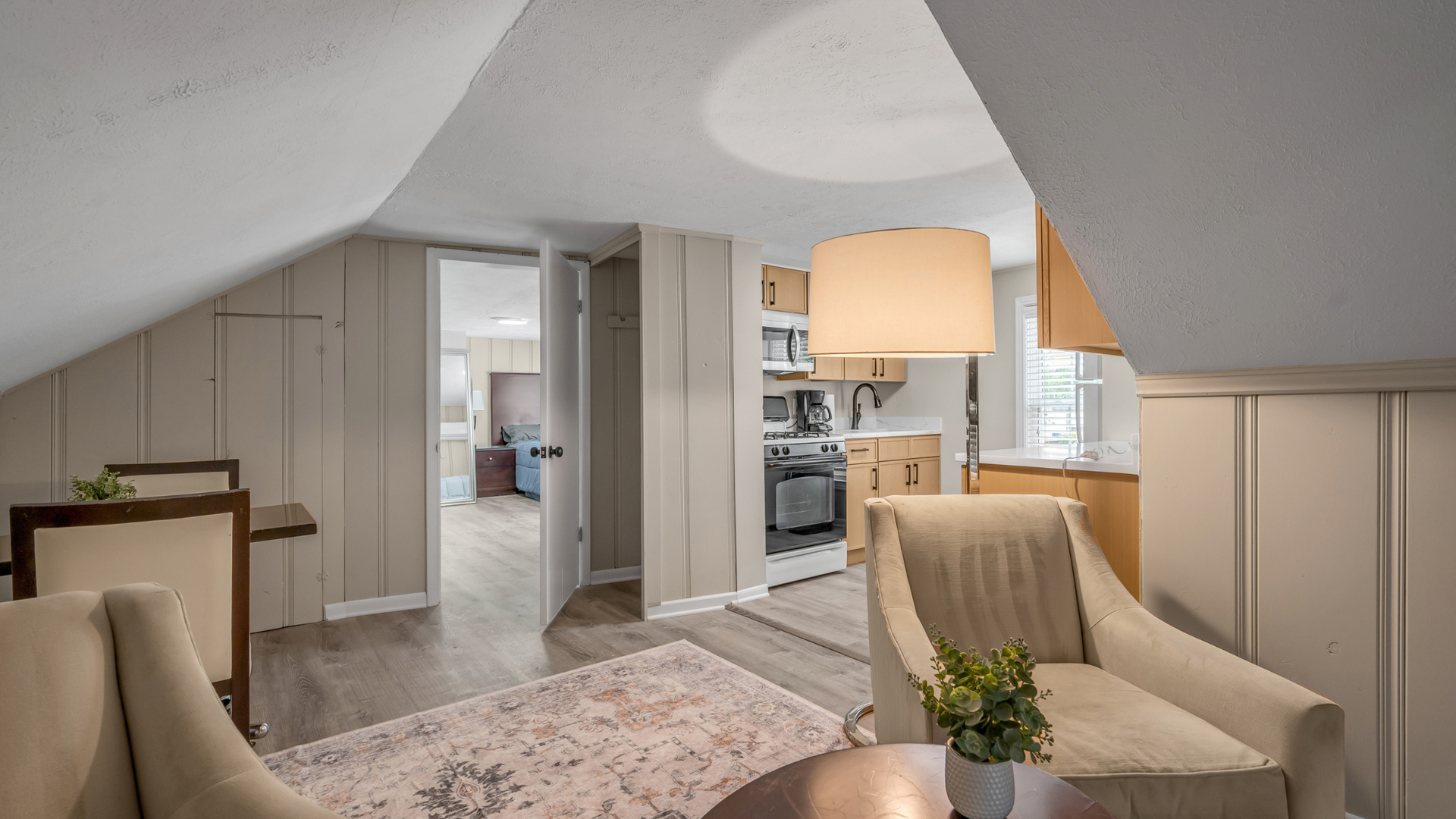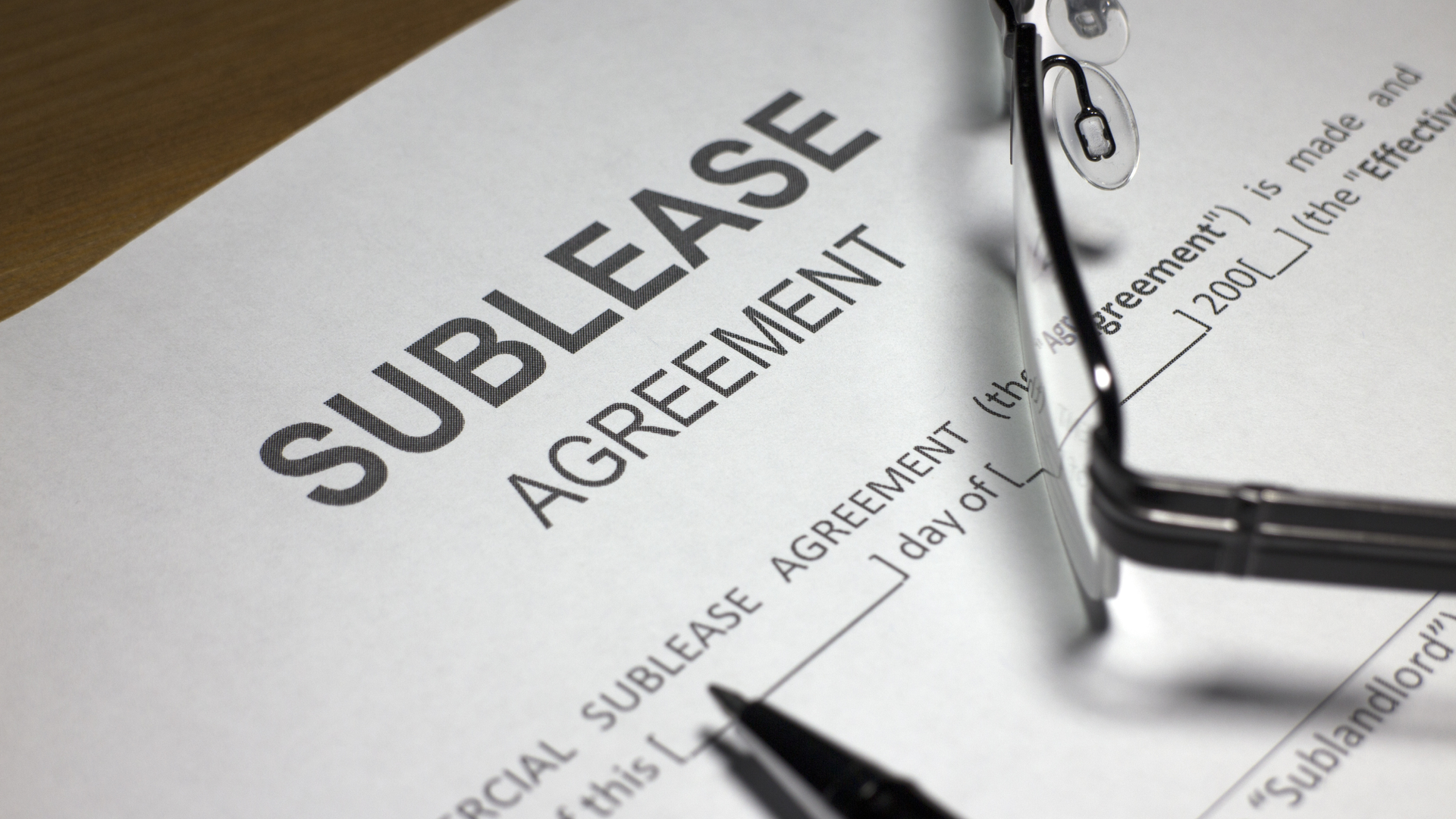How to Find Crew Housing That Doesn’t Suck
If you’ve ever shown up to a “crew-friendly” rental that was 45 minutes from the job site, short on beds, and long on noise, you know how fast housing can drain productivity and morale. The good news is you can avoid the common traps. With a clear checklist, current pricing benchmarks, and a simple search workflow, you can line up housing your team actually wants to come back to after a 10-hour shift, without blowing your budget.
This guide covers what “good” looks like, what it really costs in 2025, where to search, and a step-by-step playbook you can put to work on your next mobilization. Along the way, you’ll see why
many construction teams now lean on specialists like Hard Hat Housing for vetted, near-site rentals with one invoice and built-in monthly cleanings.
What “doesn’t suck” really looks like for crew housing
First, define the target. Great crew housing is not about granite countertops or trendy decor. It’s about safety, rest, and predictability. At a minimum, insist on a
commute that minimizes fatigue risk, real beds
for every worker,
a full kitchen,
in-unit laundry,
strong Wi‑Fi,
safe parking for trucks and trailers, quiet hours that are actually quiet, and flexible terms
that match your project timeline. These basics protect your people and your schedule.
Fatigue matters: federal safety research links tired driving and long hours with a higher risk of crashes and incidents, which can spike after night shifts or long stretches without quality sleep. Housing choices that shorten drives and improve sleep are not perks; they are risk controls.
Second, look for housing that’s truly set up for crews. That means kitchens to cut food costs, private or semi‑private sleeping arrangements to improve rest, and included utilities so you don’t discover surprise bills. Monthly professional cleaning is a strong signal that a provider understands long stays and heavy use.
Specialists like Hard Hat Housing even publish their standard inclusions: monthly cleanings, all‑inclusive pricing, private rooms, and locations near job sites with one consolidated invoice for simpler bookkeeping. These are the small operational details that keep teams settled and supervisors focused on production instead of problem‑solving housing issues.
Budget reality in 2025: what “fair” pricing looks like
To benchmark a fair price in the U.S., start with the federal per diem.
The General Services Administration’s standard CONUS lodging rate for FY 2025 is $110 per night, with hundreds of higher‑cost “non‑standard areas” set above that. While your company may not peg reimbursements to GSA, these numbers give you a defensible baseline when you compare hotels, extended‑stay properties, corporate housing, and mid‑term rentals. They also illustrate how quickly nightly rates can overshoot a reasonable budget in peak markets.
Extended‑stay hotels remain a go‑to for relocations, outages, and infrastructure projects, but know the brackets. Recent market bulletins put typical extended‑stay ADR bands roughly at economy under $75, mid‑price $75 to $135, and upscale $135 and up, with ADRs still sitting above 2019 levels in many subsegments. This helps size up whether a “deal” is really a deal when someone quotes you a number. Combine this with national hotel outlooks that project occupancy in the low 60s, and you can anticipate where price pressure may persist.
Corporate housing rates vary by city and bedroom count but are often competitive with hotels for multi‑week stays. Recent snapshots show one‑bedroom corporate housing averaging about $3,321 per month in 2025, roughly $107 per day, with two‑ and three‑bedroom averages scaling to $196 and $262 per day respectively. In many non‑gateway markets, multi‑bedroom units can deliver better per‑person value than multiple hotel rooms, especially when kitchens and laundry are factored in.
Watch for seasonal and event‑driven spikes. Short‑term rental pricing can swing dramatically during major events and tourist peaks. Analysis of 2024 data showed markups exceeding 100 percent in certain destinations during peak weeks, which can make “DIY” marketplace bookings volatile for crews. Build timing into your plan and identify nearby submarkets as pressure valves when a host city’s rates surge.
Finally, factor in the cost of commutes and fatigue. A rental that is $20 per person cheaper but 40 minutes farther can cost you far more in lost rest, fuel, and safety risk. National highway and worker‑safety guidance points to drowsy driving as a contributor in a significant share of fatal crashes, and impairment after long periods awake can mimic alcohol intoxication. Housing closer to the site protects your crew and your schedule.
Where teams actually find good housing in 2025
You have five practical channels, each with tradeoffs:
Extended‑stay hotels.
- Pros: predictable, easy to book, housekeeping.
- Cons:
limited privacy, frequent restaurant meals, and higher per‑night costs on longer assignments.
Surveys in 2025 found many travelers perceive extended‑stay hotels as better value than apartments for short periods, but that perception flips as stays lengthen and group sizes grow. For multi‑month crew deployments, kitchens and private rooms in multi‑bed units usually win on cost and morale.
Corporate housing providers.
- Pros: furnished apartments or townhomes with utilities, professional support, and monthly terms.
- Cons:
concentrated in urban centers, and pricing in top metros can run high in 2–3 bedroom inventory.
Use the rate ranges above to benchmark quotes and prioritize markets where corporate housing ADRs are stable.
Short‑term rental marketplaces.
- Pros: broad variety and self‑serve search.
- Cons: regulatory churn can reduce supply or complicate bookings under 30 days, and event surges can whiplash pricing.
New York’s Local Law 18 is a headline example: since late 2023, strict registration rules cut short‑term listings dramatically, and similar debates are unfolding in other cities. If you use marketplace listings for mid‑term crew stays, verify local rules and prefer 30‑day‑plus contracts to avoid surprises.
Local networks and Facebook groups.
- Pros: direct access to homeowners and small operators near your site.
- Cons: quality and reliability vary, and you will do the vetting yourself.
Public posts in U.S. groups regularly show PMs and foremen seeking multi‑month housing for crews, or jobs advertising per diem with housing included, which tells you supply exists but requires screening. If you go this route, insist on a written agreement, inspections or virtual walk‑throughs, and clear house rules.
Specialist crew‑housing services.
- Pros: curated, crew‑ready homes near the job site, monthly cleaning, and one invoice.
- Cons: availability depends on market and notice.
This model is gaining traction because it compresses PM time and admin friction while improving crew rest and retention.
Hard Hat Housing is a U.S. example focused specifically on construction teams, advertising 25–35 percent savings vs traditional hotels, included utilities and Wi‑Fi, and service designed around project timelines.
A simple search workflow you can use this week
Step 1: Lock your requirements in writing.
Headcount, beds, bathrooms, parking for trucks and trailers, pet policy, Wi‑Fi needs, and the maximum acceptable commute time. Include quiet hours, laundry, and a “no bunk beds” preference if rest has been an issue in past assignments. Tie your target nightly or monthly budget to GSA benchmarks plus a realistic utility and cleaning allowance.
Step 2: Map a 20–30 minute commute radius.
Use the site address to draw a hard perimeter. A shorter, safer drive is worth paying for because night shifts and long days elevate fatigue risk and near‑miss events. A home that keeps the drive under 30 minutes will almost always pay for itself in fewer delays and a sharper workforce.
Step 3: Price the market using three lenses.
Collect 3–5 options from extended‑stay hotels, 3–5 from corporate housing or mid‑term rentals, and 3–5 from a specialist. Compare by cost per person per night, number of real beds, kitchen quality, laundry, and included utilities. Use current ADR bands and corporate housing averages to sanity check quotes in your city.
Step 4: Validate legality and supply volatility.
In major cities, confirm whether short stays are restricted and whether hosts must be present. Rules like NYC’s short‑term rental registration have removed large chunks of sub‑30‑day inventory, which can upend bookings. When in doubt, book 30‑day plus terms or rely on providers that operate within local regulations.
Step 5: Vet the property like you would a subcontractor.
Ask for a video walk‑through focused on beds, bathrooms, kitchen, laundry, HVAC, parking access, and any HOA rules. Request proof of utilities, confirm internet speed, and capture house rules in writing. In marketplace finds, search the address and owner online to reduce risk. Monthly cleanings and a named contact for issues are worth real dollars over the life of a project.
Step 6: Budget total cost of occupancy, not just rent.
Add line items for utilities, cleaning, taxes, parking, and deposits. Remember that event weeks can spike prices in certain cities. If a project spans a known event window, lock rates now or shift stays to a nearby submarket and commute in.
Step 7: Protect rest with house rules.
Codify quiet hours, parking assignments, visitor limits, and cleaning schedules so crews can actually recover. Worker fatigue correlates with safety incidents and injuries. Investing a few minutes up front in rules and routines creates a quieter, safer home base.
What the field is saying in 2025
If you want a quick gut check on the importance of decent housing, read what traveling supers and project engineers share in open forums. Recent discussions from construction subs and managers hit on the same themes: per diem is common, but the difference between a “crappy place” and a livable one is the difference between saving money and burning out, especially on 6–11 month projects. That’s exactly when rental kitchens, laundry, and predictable sleep matter most.
You see the same story on job boards and Facebook groups: plenty of posts highlight per diem with housing included or PMs looking for multi‑month places near the site. The demand signal is strong, but the quality bar is uneven, which is why many companies now standardize through a single provider or a short list of pre‑vetted options rather than spinning the roulette wheel of the open marketplace each mobilization.
Where Hard Hat Housing fits
If you prefer to keep your team focused on the work instead of house hunting, consider offloading the sourcing and management. Hard Hat Housing focuses on U.S. construction crews
and provides the exact deliverables PMs care about:
one monthly invoice, around‑the‑clock support, locations near job sites, kitchens and laundry, private rooms, included utilities and Wi‑Fi, and scheduled monthly cleanings.
We offer typical savings of 25–35 percent compared to traditional hotels, which tracks with the math when you compare multi‑bed rentals to multiple hotel rooms over 6–16 weeks. There are also practical touches like matching stays to shifting project timelines and consolidating communications through a single point of contact.
Beyond features, there’s the human impact.
Testimonials from superintendents and owners note that consolidating bookings into one check‑in and one check‑out simplified accounting, and crews were happier cooking real meals and doing laundry between shifts instead of living from takeout bags and laundromats. Happier crews tend to stick around, a point borne out in safety and productivity research linking fatigue and fragmented rest to higher incident rates. Better housing is not a luxury item. It is a tool for retention, safety, and schedule certainty.
Housing that doesn’t suck is housing that protects rest, reduces risk, and supports the rhythm of the work. It is close to the site, has enough real beds, a kitchen that saves money, laundry that saves time, parking that fits your trucks, and service that solves problems when they pop up. In 2025, price benchmarks are clear: use GSA lodging rates as a floor, extended‑stay ADR bands and hotel occupancy trends as a context check, and corporate housing averages to gauge value on multi‑bed units. Then choose the channel that gives you the most control with the least stress, whether that’s a reliable extended‑stay, a vetted apartment, or a crew‑housing specialist. Your crew will feel the difference by Friday, and your budget will reflect it by month’s end.
Ready to line up crew housing that actually works? Tell Hard Hat Housing where your next job is, how long you’ll be there, and how many beds you need. Our team will send options near the site with kitchens, laundry, and monthly cleanings, and you’ll get one monthly invoice instead of a stack of receipts. Contact Hard Hat Housing at 859-249-8641 or
fill out the booking form to get your crew set up.













